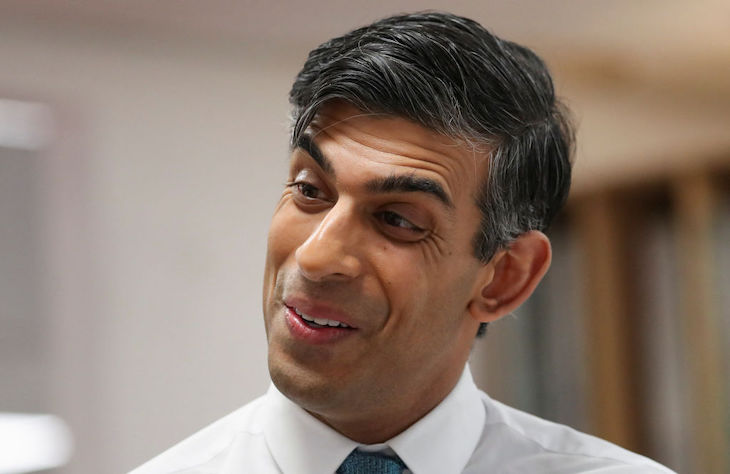Threadneedle Street will have all the economic limelight this week as the Bank of England sets interest rates tomorrow. With this morning’s grim inflation update, a rate rise looks all but certain. But this morning, the Office for National Statistics (ONS) released an update on Rishi Sunak’s third pledge: to get debt falling. The figures show another target quickly escaping Sunak.
Public sector borrowing in the month to May rose to some £20 billion, almost £11 billion more than the same month last year. That makes it the second most expensive May on record. Meanwhile, in the first couple of months of this financial year, the government borrowed just under £43 billion – some £20 billion more than April and May last year and £2.1 billion higher than Office for Budget Responsibility (OBR) forecasts. As a result, debt in cash terms and as a share of GDP is skyrocketing.
Why are we still borrowing so much? In simple terms, we are spending too much. Government receipts (from taxes, for example) grew in May, taking in £71.3 billion – £2.3 billion more than it did last May (though half a billion less than forecasts had expected them to). But this was not enough to cover the outgoings on the energy support scheme and increased welfare payments. Over the same period, the Treasury spent some £92.9 billion.
The salaries of public sector workers account for a lot of the spending: up £3.4 billion compared with last May. £2.7 billion of this was for the NHS pay deal. Another £3.6 billion went on the two energy support schemes, whilst inflation-linked increases pushed benefits spending nearly £3 billion higher than last year: now up to £22.9 billion.
Seemingly limitless spending during the pandemic, to fund lockdowns and vaccines, was supposed to be a temporary feature of fiscal policy. It looks now to be a permanent characteristic. One measure of debt passed 100 per cent of equivalent GDP for the first time since 1961 (though the ONS warn this is likely to be revised). So far 2023/24, is proving to be the fourth most expensive financial year on record after 2021, 2010 and 2011 – years when the UK was coping with severe financial shocks.
All of this is bad news, then, for Sunak’s pledge to tackle the national debt. It’s also bad news for chancellor Jeremy Hunt and any hopes he might have for pre-election tax cuts. The margin in which he can work is dictated by his ‘fiscal mandate’ (to get debt falling as a share of GDP falling in five years time). It gave him a £6.5 billion headroom at the March Budget. But a combination of rising debt interest payments and stubbornly high inflation looks set to eat away at it. If he does find change down the back of the sofa for tax cuts it’ll be pennies rather than pounds.







Comments